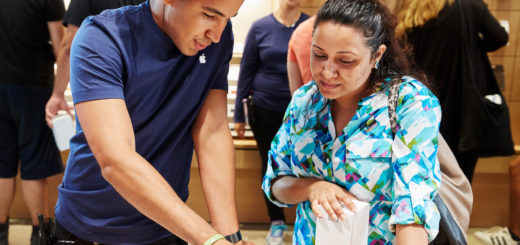Apple is ‘disrupting itself’ before others do with the iPhone XR
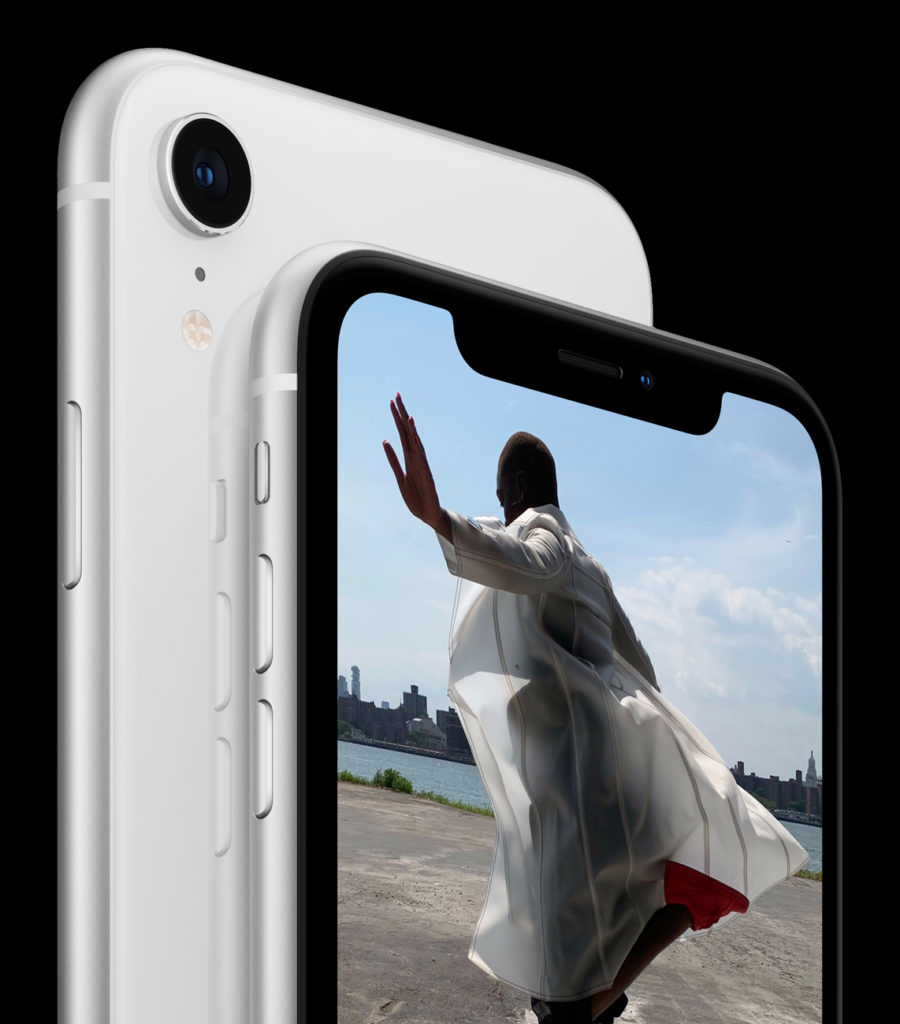
iPhone XR
Apple is “disrupting itself before others can disrupt it” with the iPhone XR, argues IHS Markit analyst Wayne Lam in the latest tech research note from the company. I agree — and I also think competitors need to get ready for Apple to increase the intensity of its assault on the profitable slice of the mid-range market.
The new sweet spot
Advance quantities of iPhone XR are already sold out worldwide, and while the iPhone XS range certainly reach for high-end consumers, iPhone XR persists in delivering cutting-edge technologies that still leave competitors in the dust.
That’s a solid strategy, according to the analyst who believes that in releasing the XR, Apple has conceded that it has raced so far ahead of consumer expectation that it can now safely compete with itself.
“What Apple has done with the iPhone Xr design is to implicitly acknowledge that after a decade of launching new iPhone designs, their high-end smartphone models have reached a point where their performance and feature sets have exceeded the market demand for them,” writes Lam in the note, provided to me.
He argues that the hugely sophisticated XS Max is high-spec, high-price, pointing out to the slightly more modest specifications of XR – thought those compromises aren’t at the expense of significant market advantages.
“The goal of the iPhone Xr is to hit all the right design notes that appeal to the mainstream consumer, such as large displays, fast processors, long battery life and – most importantly – relative affordability,” he writes.
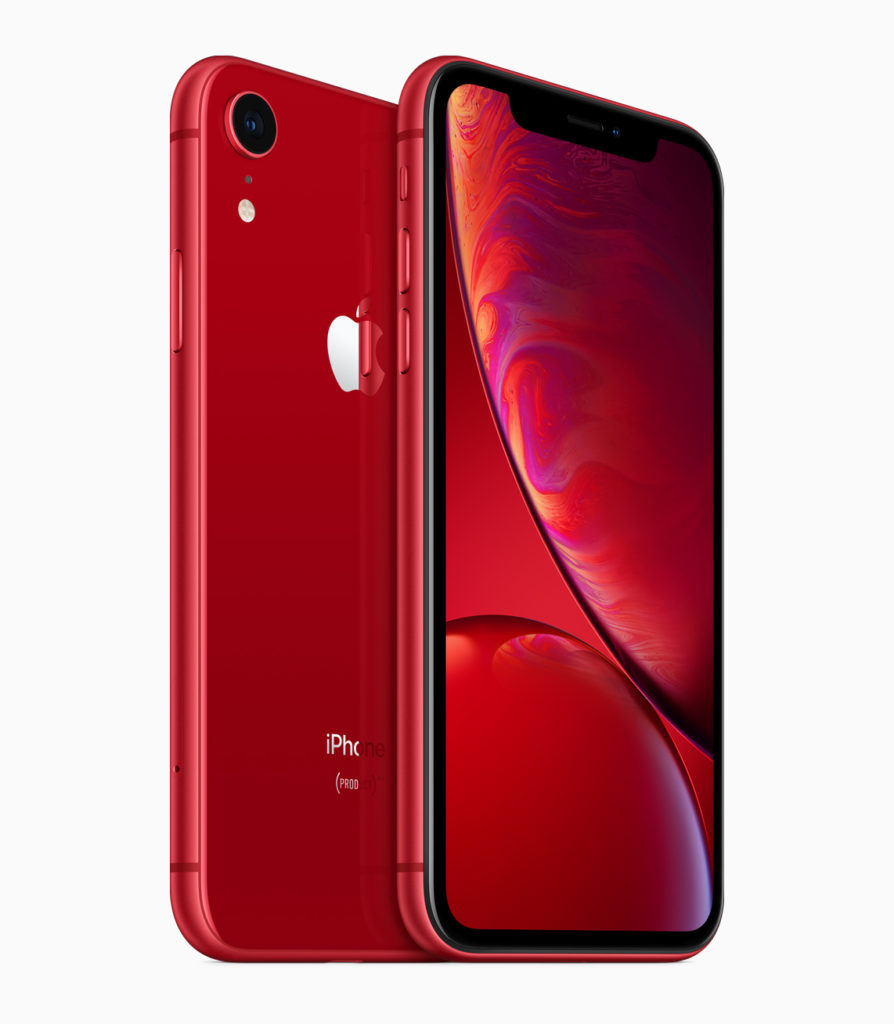
Apple’s Innovator’s Dilemma
Harvard Business School Professor, Clayton Christiansen’s book, “The Innovators Dilemma,” describes the theory of disruptive innovation.
“Drawing from this business theory, we can see that the iPhone product line has progressed so far in the marketplace that it has over-shot the performance level demanded of it at the high end of the market,” the analyst argues.
What this means is that while Apple still has big demand for its high-end devices, the company understands that most consumers won’t follow Apple into the high-end pricing territory of the new iPhone XS.
[amazon_link asins=’1633691780′ template=’ProductCarousel’ store=’9to5ma-20′ marketplace=’US’ link_id=’0badce0d-d7a7-11e8-b0ed-bdf6a1a99cd0′]
“The iPhone Xr design reflects this fact, exposing Apple’s attempt to disrupt itself, before others can disrupt it,” the analyst writes.
I’d argue that it does, and it doesn’t. Apple’s high-end iPhones are now so far ahead of the pack they have no real competitors. They are expensive, but they also define what to expect from a smartphone. So long as Apple maintains that lead, it can begin to sell stripped-down versions of its premium devices that are still many, many miles ahead of the competition.
“For Apple to continue to be a mass producer and marketer of iPhones, it needed to take a different tack than in years past. The result was the 6-inch LCD iPhone Xr, designed with a decade’s worth of market feedback and insight to hit the “sweet spot” of smartphone consumer market demand.”
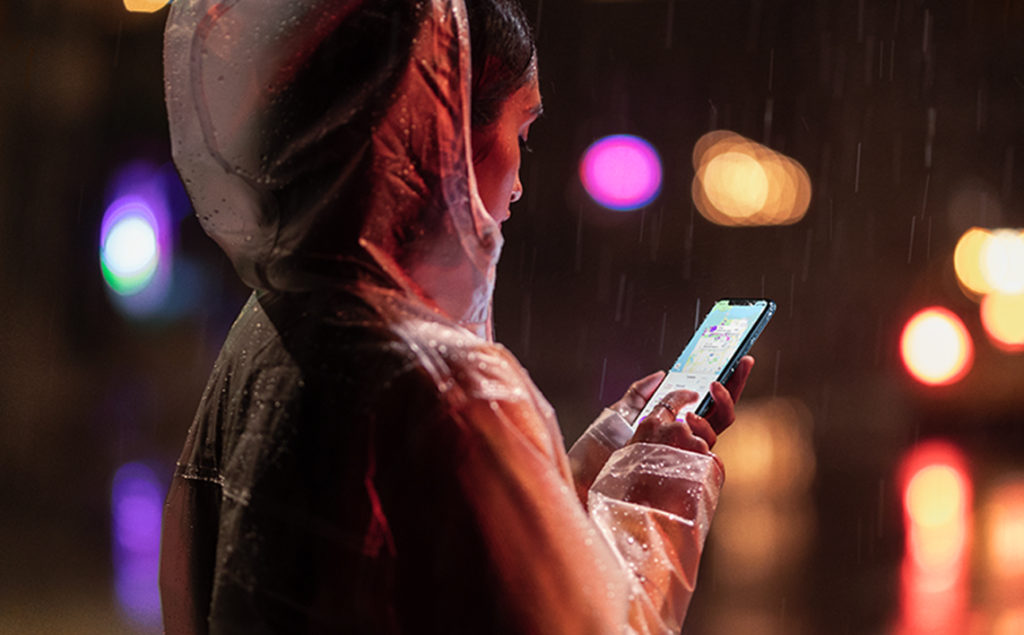
An iPhone XR takes a walk
What the things Apple left out tell us
The analyst also notes the features that were removed from the device. He argues, for example, that the decision to field an advanced LCD display shows that while consumers want big screens, they aren’t so concerned about high-end display resolutions.
He makes some interesting points, take a look:
#1: Display size over quality
“The design compromise made for cost reasons was the selection of an LCD-based 6-inch full-screen display, which is less costly than the premium OLED display on the iPhone Xs. However, Apple expended a great amount of effort to create an LCD display that can be pushed to the edges of the phone and provide the color gamut that rivals the best LCD displays on the market. This design choice indicates that consumers can’t really tell the difference between various high-end display resolutions and color reproduction qualities, and that a large 6-inch design pretty much trumps all other design considerations.”
#2: Better camera via computational photography
“The iPhone Xr is equipped with a single camera, instead of the dual set-up of the iPhone Xs. While two cameras are clearly better than one, Apple has leaned heavily on computation photography to make the best out of this single-camera system. At the core is the use of the A12 Bionic processor, which is the same as the one found in the iPhone Xs models, which demonstrates that any feature can be enhanced with enough computational power.”
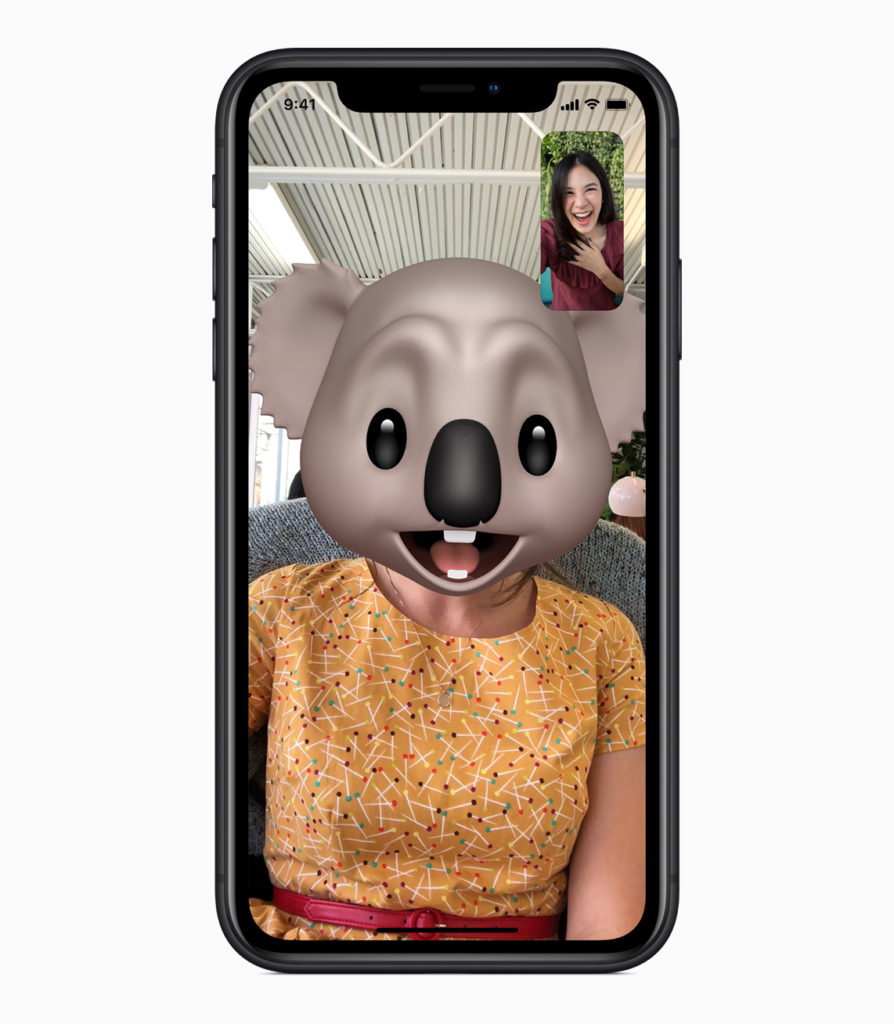
#3: Missing 3D touch, but we hardly knew you
“Another design compromise Apple made was excluding 3D touch. This new touch interaction mode feature came into the Apple ecosystem with the iPhone 6S, but after analyzing four years of consumer behavior data, it’s clear this feature has been woefully underused. Apple’s answer to that insight was to remove the expensive 3D-touch overlay in the display (which added nearly $10 to the bill-of-materials cost) and to leverage the haptic motor to mimic 3D-touch interactions in software.”
#4: LTE speed improvements negligible to consumers
“While the iPhone Xr has the same internals as the more premium iPhone Xs series, the LTE radio in the iPhone Xr is still CAT-12, instead of the improved gigabit-per-second-capable CAT-16 in the iPhone Xs. Of course, designing a CAT-12 RF front end is more affordable than the CAT-16 versions (primarily extra receive chains and 4×4 MIMO); this difference in LTE technology has simply been lost on consumers.”
#5: Pricing sweet spot
“Apple has always relied on last year’s iPhone models to make up for the lower-cost models of the current year models, but that strategy changed this year. The iPhone Xr brings in the best of the iPhone X and iPhone Xs series designs, while giving up features that consumers are not concerned with. The result of this market positioning is a new reference price for smartphones: $750 is now the premium price point of “good enough” smartphone designs. Although the market is now chasing more capable flagship designs with prices topping $1,000, the iPhone Xr will serve the consumer masses at this presumably stable price point.”
https://youtu.be/9m_K2Yg7wGQ
What I think
Competitors need to think very deeply about iPhone XR.
What happens next year when the components used in the device become cheaper? Will there be a new XR? Will XS prices drop to XR levels? Will Apple choose to keep the XR in play, but at a lower cost?
[amazon_link asins=’B07FW75FLD’ template=’ProductCarousel’ store=’9to5ma-20′ marketplace=’US’ link_id=’1c4452f0-d7a7-11e8-b871-4f367a8772b6′]
They need to worry about this, because I’m relatively convinced the XR will become a range in its own right – how popular do you think a 4-inch $499 XR model might be? And how much more smartphone market share would Apple seize?
The bottom line:
Apple has the high-end of the market. It already takes most of the profits from the smartphone industry. Now it’s coming for the rest. — And one more thing? Apple’s privacy stance shows its now on a mission, and that may include ensuring no potential privacy-seeking iPhone user is left behind.

